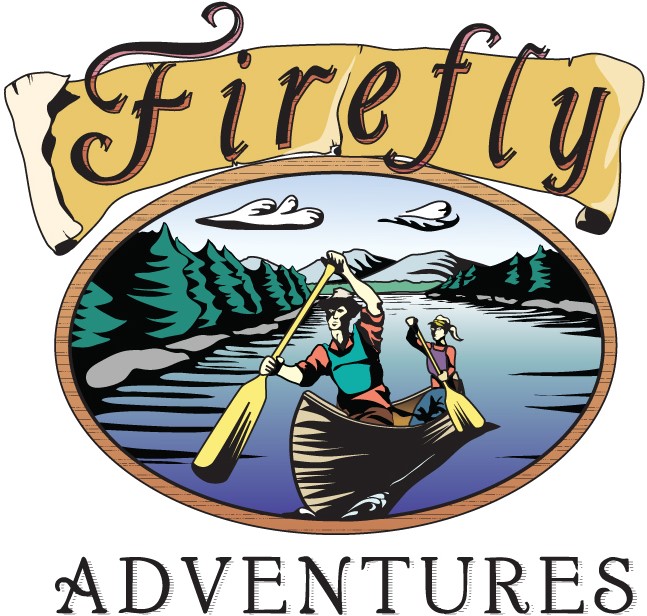How to take your students outside
Put some excitement in your Life Systems and Earth and Space Systems strands. Children are ‘naturally’ curious and fascinated by their natural surroundings. Take advantage of this and have them safely explore and discover first hand.
With childhood obesity and type 2 diabetes rates higher than ever and children spending record times in front of screens, it is more important than ever to reconnect them with their natural environment and get them moving. ‘Free range’ kids are healthier and learn to manage their own risks better when they are free to experience the outdoors (and scrapes and bumps). You need not be an expert in natural science or outdoor education to take your students outside. Plan and let nature help you teach. This is experiential education; learn about your natural surroundings with them. Your enthusiasm, fascination, curiosity and care for the environment and your students are mostly what are important. Plan a safe experience by considering what the worst likely thing is that can happen in the area and plan and create rules accordingly. Here are some suggestions.
- Visit the site by yourself first. Determine the safety issues (poison ivy, water, etc.), boundaries and learning potential. If possible, walk the area with someone more experienced the first time.
- Risk management is important – If your class is difficult to manage, perhaps bring an adult assistant/volunteer. Plan only what you think you can manage. Start with manageable time blocks , suggest 45 minutes to start.
- Allergies – be aware and prepare; know your students; bring epi pens, etc.
- Boundaries and expectations – make them clear at the start, i.e. “the fence to the north, the trail to the east”, etc. If the area is wooded, try tying a string around trees to create a boundary. Also, have students describe expected behavior, “CAN SOMEONE TELL ME HOW A GOOD NATURALIST BEHAVES IN THE FIELD if they want to hear and see things?”
- Formations and site lines – for observations of small things, create 2 concentric semi circles, the inside line squatting or kneeling, and the outside line standing; be aware of sun and wind.
- First aid kit – start with at least a small basic kit of Band-Aids, polysporin and wet wipes. The further away you are from school(help), the larger the kit should be. Borrow one of the school kits if available.
- Camera – Bring one; there will be some great photo ops with the students bent over something exciting.
- Equipment – suggest magnifying lenses (plastic), nets (be careful with these – don’t overdo it, only a couple are needed),field guides, plastic yogurt tubs, cardboard tubes – for “microscopes”, clip boards and activity /recording sheets – based on curriculum, art materials, etc.
- Resources – library, ‘young naturalist’, zillions on the net, COEO website, children’s field guides.
- Start a nature centre, (or museum) in your classroom – if you have any room left that is, in a corner of your classroom, collect and display natural artifacts(feathers, snake skins, skulls, bones, fossils, interesting rocks, shells) ask students to add to it and label the items, use them as research/sci. project starters.
- Start a trade program – where students bring in natural items and trade with you and classmates, this can help the nature centre grow.
- Explore areas within walking distance of school for natural potential. If you have children of your own, bring them on these exploratory ventures. Studies of forest, field, soils, habitat and pond are possible. Areas that are ignored by development are often great.
- Get permission – for use of private properties, without getting into legal contracts. Municipal properties usually do not require permission.
- Ask for volunteers – especially for primary classes; parents, grandparents.
- With experience you’ll gain confidence and get better at taking your students outside. Good luck. Feel free to email me for help, info@fireflyadventures.ca
- Walt can come to your school and offer several programs. Please see “School Programs – Experiential Education “.
